So let’s spend a little bit of time thinking about when to use a lens hood. And answer the question—why use a lens hood on a camera?
What Is a Camera Lens Hood?
A lens hood sticks out in front of your front lens element. Its primary purpose is to stop unwanted light from falling on the lens. They might be tube shaped or, as in the photo above, “petal” shaped. Any half-decent camera lens hood will be coated on the inside with a non-reflective substance. My Canon lens hoods are lined with a velvety material. This is to stop light reflecting off the inside of the lens hood. Lens hoods are usually made of hard plastic or polycarbonate. Metal is not unheard of, and my first ever lens hood was a collapsible rubber one. There’s a very good chance that your lens came with a custom lens hood. Look at the picture below taken on a gloomy autumn day. Using a lens hood designed for a 24 mm lens on a 16 mm lens leaves the lens hood visible around the edges of the photo. Lens hoods are often petal shaped. The reason for this design is to accommodate the rectangular picture format. If you rotate the lens hood 90 degrees, you’ll very likely see it in the picture. Telephoto lenses have a much narrower field of view. Because of this, their lens hoods might be a slightly flared tube. And telephoto lens hoods can afford to be much longer. So a tulip hood vs round hood debate will center around what focal length lens you have. Lens hoods that come with your lens usually have a simple attachment method. My Canon lens hoods connect with just a 90-degree turn. They lock in place, and if space is tight, they lock in place the wrong way around. This also allows you full access to the filter thread. This is helpful if you’re using something like a Cokin filter system. You can keep the lens hood attached to the lens and still use the filter. This is also the case for a ring flash.
When to Use a Camera Lens Hood
Are lens hoods necessary? Always. Next question? Seriously, you should keep your lens hood on for shooting in almost any scenario. Let’s deal with the main benefits of lens hood use. Lens hoods stop flare. OK, I confess, flare is one of the reasons you might want to leave your lens hood off. Lens flare is great if you want it, but a pain if you don’t. And it’s easier to add lens flare in Photoshop than it is to remove lens flare in Photoshop. If you know you want flare but the lens hood is stopping you, take it off for that shot. Then put the lens hood back on. Otherwise, remember, that flare is bad. When unwanted light enters a lens, it causes trouble. It’s the same for our eyes. If you have bright sunlight in your face, you shade your eyes. Wearing sunglasses without a hat demonstrates the problem well. The bright light hitting the glass lens causes flare. This is because some of it doesn’t bounce off but rather diffuses into the lens. The result is reduced contrast. If you use a lens hood to provide shade for your lens, you’ll get more clarity. So, a camera lens hood stops direct light from bouncing off the lens. It also prevents it from entering the lens body and causing all sorts of reflections and diffractions. Lens manufacturers go to great lengths to make the lens barrels non-reflective. But, they also have to have surfaces that slide over each other. Slidey things are often shiny things. They are also full of glass, which—well, you get it. The best lenses have multicoated, low-dispersion elements. But the best solution to a problem is to not let it happen in the first place. The lens hood should be seen as part of that sophisticated range of anti-flare measures. It’s just that the lens hood is simple. So your camera lens hood will keep unwanted light from getting into your lens and spoiling your pictures. Like I said, you can always add flare in Photoshop later. Lens hoods protect your lens. This is the main reason I never take my petal lens hoods off. On a busy shoot, there are all sorts of dangers for your very expensive tubes of glass. I’ve done quite a lot of rock concert photography. Backstage at concerts is a dangerous place to be. There are cables, flight cases, and all sorts of junk lying around. And it’s usually dark. It’s so easy to bang into things with the end of your lens. The lens hood takes the blows, and the photographer breathes again. Even if you trip and fall, the lens hood will hit the ground before the lens gets close. Even if you’re not navigating treacherous terrain, the lens hood protects your delicate glass. At the start of a photoshoot, I take my lens cap off. And sometimes I keep it off all day. There isn’t enough time to be messing about with that. Without a lens hood, though, that lens is dangerously exposed. With a camera lens hood, I can put it down while I change lenses. And I don’t worry about scratching the glass. I can also put it quickly in my bag without worrying about the glass. Even though I have a UV filter on the front, the lens hood just gives me extra peace of mind. And the lens hood’s final protection is against dust and rain. It’s not perfect, of course. If the rain is driving at the lens, it won’t help. But lens hoods can give some shelter.
When Not to Use a Camera Lens Hood
If you want flare. Let’s start with the obvious. Flare can be very dramatic. When used properly, it makes a picture stand out and adds drama. In video, lens flare can add a certain cinematic quality to your footage. So you need to ditch the lens hood. Flare can make sunny days seem even sunnier and the sun to seem even hotter. It can make portraits seem dreamy or romantic. In concert or theater photography, flare adds drama. This is often helped by the contrast with the blackness of a stage beyond the light source. So it’s worth remembering that it’s not just the sun that can add dramatic flare. Also remember that you can still get flare when using a lens hood. The following are some instances when you might want to avoid using a lens hood. If it’s really windy. This might sound improbable. But a lens hood can make it that much harder to hold your lens steady in strong wind. Especially if it’s a crosswind. So you might need to be prepared to take the lens hood off in those circumstances. If you’re trying to be unobtrusive. A lens hood is quite noticeable. And if you’re trying to be discreet, you might want to remove it. When the lens hood will get in the way. As I said before, some filter systems and ring flashes will get in the way. There are also times when the lens hood will cast a shadow if you are getting close to the subject. But in all of these circumstances, my advice is that the lens hood is something you remove. In other cases, your default position should be having the lens hood on.
Camera Lens Hoods in Use
So, let’s say you’re persuaded that using the lens hood is the sensible thing to do. What should you bear in mind?
What If My Lens Didn’t Come With a Lens Hood?
Lens hoods made for the specific lens are the best solution. As we have seen, vignetting is a possible problem otherwise. However, it may be that you need to avoid flare, and the “correct” lens hood won’t work. This can happen if the sun is particularly low, for example. In this case, you can try a different type of lens hood. Something like the KUVRD collapsible lens hood allows you to use a much longer lens hood when at the telephoto end of your zoom. This is a good solution for specific circumstances. But I would still prefer the custom petal lens hoods for day-to-day use. A collapsible rubber lens hood will also help with shooting through glass. You can buy special lens hoods for this, but any collapsible lens hood should be just as good. Non-specific lens hoods will either connect to the lens with the filter screw. Or they will stretch over the lens. Neither is ideal, which is why I still recommend a dedicated lens hood whenever possible. As you can see, there are many different types of lens hoods for many different purposes.
Conclusion
If you haven’t sensed it yet, I’m a huge fan of lens hoods. I cringe when I see someone with an expensive lens and no lens hood. Or as my daughter used to do, with the lens hood reversed. Shudder. Hopefully by now you will also understand why we use a lens hood on a camera. Unless it prevents you from doing something important, use a lens hood. It will improve contrast, reduce flare, and protect your lens.


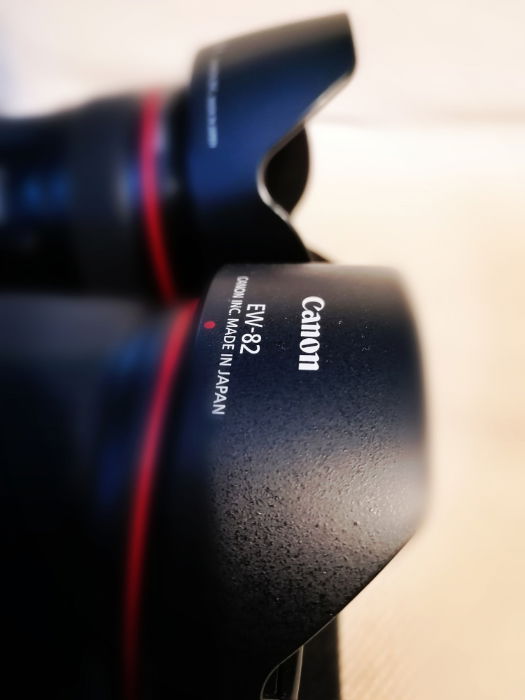
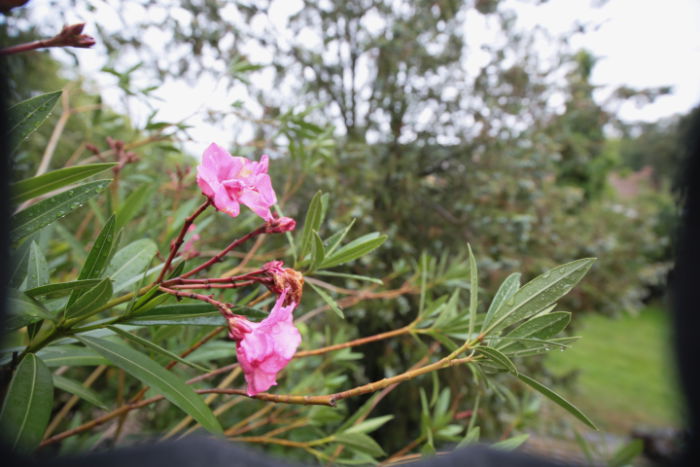
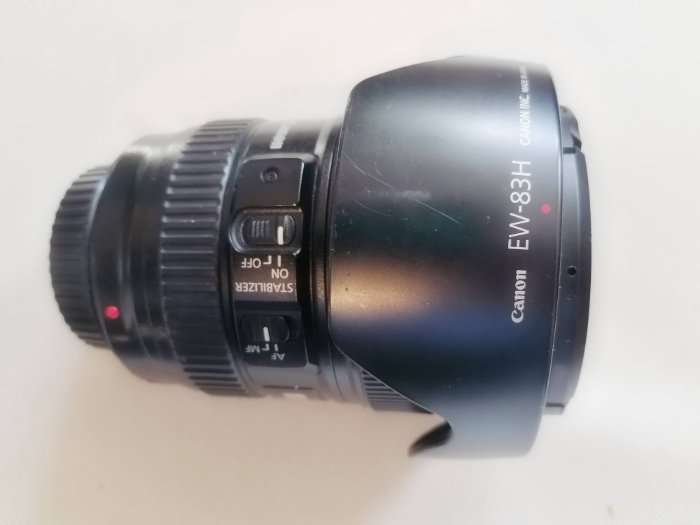

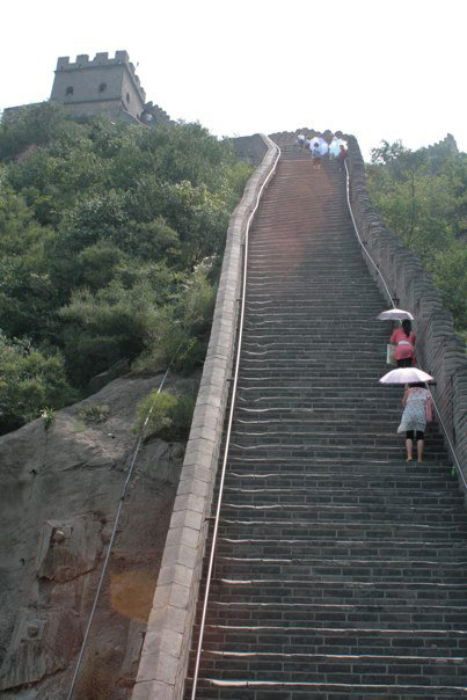
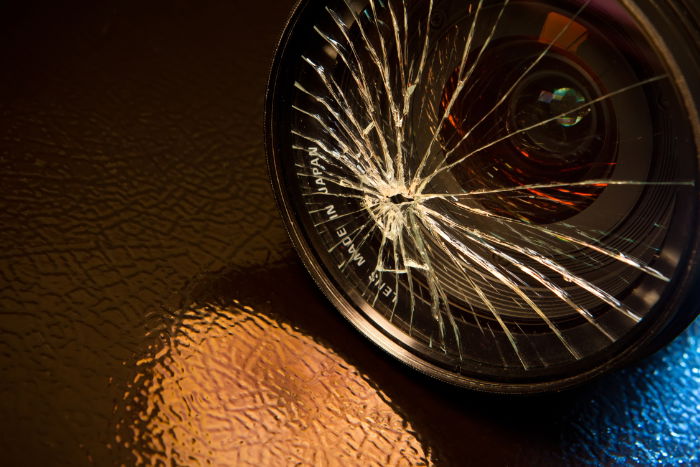
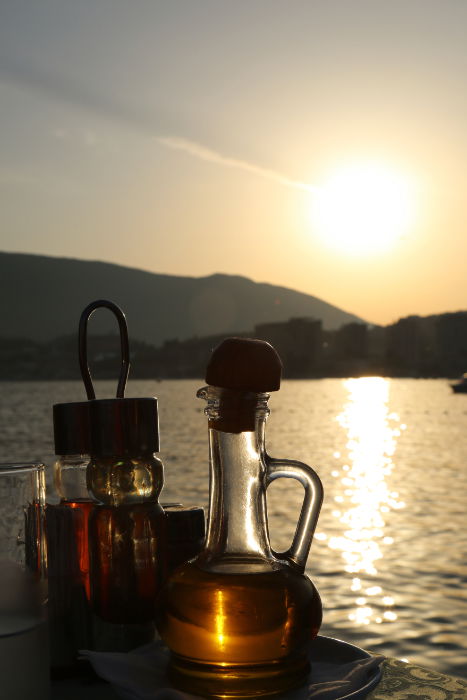
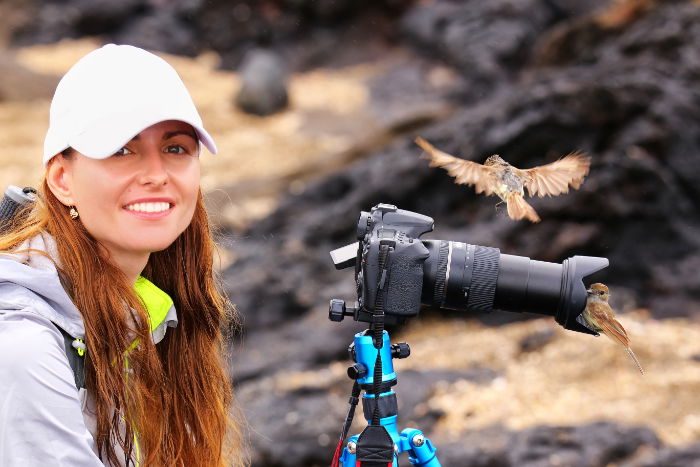
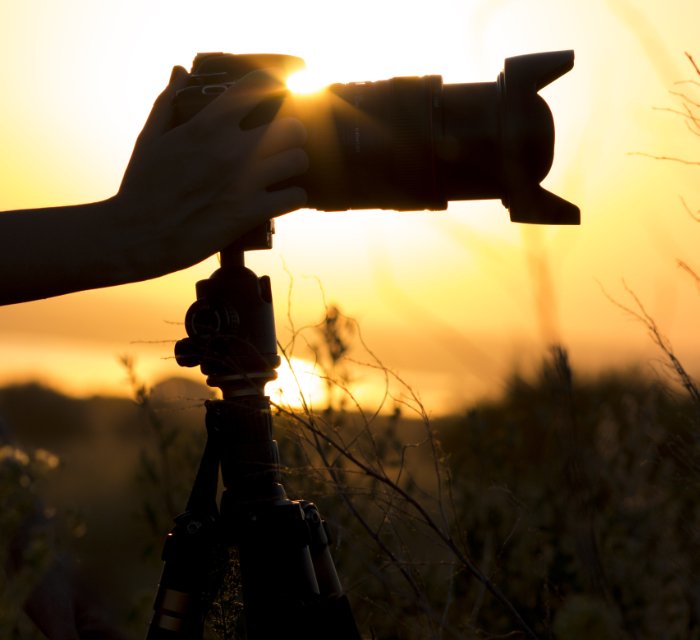
title: “What Is A Camera Lens Hood And When To Use It " ShowToc: true date: “2023-01-12” author: “Ronald Black”
So let’s spend a little bit of time thinking about when to use a lens hood. And answer the question—why use a lens hood on a camera?
What Is a Camera Lens Hood?
A lens hood sticks out in front of your front lens element. Its primary purpose is to stop unwanted light from falling on the lens. They might be tube shaped or, as in the photo above, “petal” shaped. Any half-decent camera lens hood will be coated on the inside with a non-reflective substance. My Canon lens hoods are lined with a velvety material. This is to stop light reflecting off the inside of the lens hood. Lens hoods are usually made of hard plastic or polycarbonate. Metal is not unheard of, and my first ever lens hood was a collapsible rubber one. There’s a very good chance that your lens came with a custom lens hood. Look at the picture below taken on a gloomy autumn day. Using a lens hood designed for a 24 mm lens on a 16 mm lens leaves the lens hood visible around the edges of the photo. Lens hoods are often petal shaped. The reason for this design is to accommodate the rectangular picture format. If you rotate the lens hood 90 degrees, you’ll very likely see it in the picture. Telephoto lenses have a much narrower field of view. Because of this, their lens hoods might be a slightly flared tube. And telephoto lens hoods can afford to be much longer. So a tulip hood vs round hood debate will center around what focal length lens you have. Lens hoods that come with your lens usually have a simple attachment method. My Canon lens hoods connect with just a 90-degree turn. They lock in place, and if space is tight, they lock in place the wrong way around. This also allows you full access to the filter thread. This is helpful if you’re using something like a Cokin filter system. You can keep the lens hood attached to the lens and still use the filter. This is also the case for a ring flash.
When to Use a Camera Lens Hood
Are lens hoods necessary? Always. Next question? Seriously, you should keep your lens hood on for shooting in almost any scenario. Let’s deal with the main benefits of lens hood use. Lens hoods stop flare. OK, I confess, flare is one of the reasons you might want to leave your lens hood off. Lens flare is great if you want it, but a pain if you don’t. And it’s easier to add lens flare in Photoshop than it is to remove lens flare in Photoshop. If you know you want flare but the lens hood is stopping you, take it off for that shot. Then put the lens hood back on. Otherwise, remember, that flare is bad. When unwanted light enters a lens, it causes trouble. It’s the same for our eyes. If you have bright sunlight in your face, you shade your eyes. Wearing sunglasses without a hat demonstrates the problem well. The bright light hitting the glass lens causes flare. This is because some of it doesn’t bounce off but rather diffuses into the lens. The result is reduced contrast. If you use a lens hood to provide shade for your lens, you’ll get more clarity. So, a camera lens hood stops direct light from bouncing off the lens. It also prevents it from entering the lens body and causing all sorts of reflections and diffractions. Lens manufacturers go to great lengths to make the lens barrels non-reflective. But, they also have to have surfaces that slide over each other. Slidey things are often shiny things. They are also full of glass, which—well, you get it. The best lenses have multicoated, low-dispersion elements. But the best solution to a problem is to not let it happen in the first place. The lens hood should be seen as part of that sophisticated range of anti-flare measures. It’s just that the lens hood is simple. So your camera lens hood will keep unwanted light from getting into your lens and spoiling your pictures. Like I said, you can always add flare in Photoshop later. Lens hoods protect your lens. This is the main reason I never take my petal lens hoods off. On a busy shoot, there are all sorts of dangers for your very expensive tubes of glass. I’ve done quite a lot of rock concert photography. Backstage at concerts is a dangerous place to be. There are cables, flight cases, and all sorts of junk lying around. And it’s usually dark. It’s so easy to bang into things with the end of your lens. The lens hood takes the blows, and the photographer breathes again. Even if you trip and fall, the lens hood will hit the ground before the lens gets close. Even if you’re not navigating treacherous terrain, the lens hood protects your delicate glass. At the start of a photoshoot, I take my lens cap off. And sometimes I keep it off all day. There isn’t enough time to be messing about with that. Without a lens hood, though, that lens is dangerously exposed. With a camera lens hood, I can put it down while I change lenses. And I don’t worry about scratching the glass. I can also put it quickly in my bag without worrying about the glass. Even though I have a UV filter on the front, the lens hood just gives me extra peace of mind. And the lens hood’s final protection is against dust and rain. It’s not perfect, of course. If the rain is driving at the lens, it won’t help. But lens hoods can give some shelter.
When Not to Use a Camera Lens Hood
If you want flare. Let’s start with the obvious. Flare can be very dramatic. When used properly, it makes a picture stand out and adds drama. In video, lens flare can add a certain cinematic quality to your footage. So you need to ditch the lens hood. Flare can make sunny days seem even sunnier and the sun to seem even hotter. It can make portraits seem dreamy or romantic. In concert or theater photography, flare adds drama. This is often helped by the contrast with the blackness of a stage beyond the light source. So it’s worth remembering that it’s not just the sun that can add dramatic flare. Also remember that you can still get flare when using a lens hood. The following are some instances when you might want to avoid using a lens hood. If it’s really windy. This might sound improbable. But a lens hood can make it that much harder to hold your lens steady in strong wind. Especially if it’s a crosswind. So you might need to be prepared to take the lens hood off in those circumstances. If you’re trying to be unobtrusive. A lens hood is quite noticeable. And if you’re trying to be discreet, you might want to remove it. When the lens hood will get in the way. As I said before, some filter systems and ring flashes will get in the way. There are also times when the lens hood will cast a shadow if you are getting close to the subject. But in all of these circumstances, my advice is that the lens hood is something you remove. In other cases, your default position should be having the lens hood on.
Camera Lens Hoods in Use
So, let’s say you’re persuaded that using the lens hood is the sensible thing to do. What should you bear in mind?
What If My Lens Didn’t Come With a Lens Hood?
Lens hoods made for the specific lens are the best solution. As we have seen, vignetting is a possible problem otherwise. However, it may be that you need to avoid flare, and the “correct” lens hood won’t work. This can happen if the sun is particularly low, for example. In this case, you can try a different type of lens hood. Something like the KUVRD collapsible lens hood allows you to use a much longer lens hood when at the telephoto end of your zoom. This is a good solution for specific circumstances. But I would still prefer the custom petal lens hoods for day-to-day use. A collapsible rubber lens hood will also help with shooting through glass. You can buy special lens hoods for this, but any collapsible lens hood should be just as good. Non-specific lens hoods will either connect to the lens with the filter screw. Or they will stretch over the lens. Neither is ideal, which is why I still recommend a dedicated lens hood whenever possible. As you can see, there are many different types of lens hoods for many different purposes.
Conclusion
If you haven’t sensed it yet, I’m a huge fan of lens hoods. I cringe when I see someone with an expensive lens and no lens hood. Or as my daughter used to do, with the lens hood reversed. Shudder. Hopefully by now you will also understand why we use a lens hood on a camera. Unless it prevents you from doing something important, use a lens hood. It will improve contrast, reduce flare, and protect your lens.










